They slither silently through jungles, deserts, and oceans—beautiful, hypnotic, and lethally efficient. Snakes may fascinate us, but some species are living proof that nature doesn’t mess around when it comes to defense. Their venom can paralyze, stop a heart, or destroy tissue in minutes, leaving no room for error—or escape. Here are 15 of the world’s most venomous snakes that prove just how terrifyingly powerful nature can be.
1. Inland Taipan
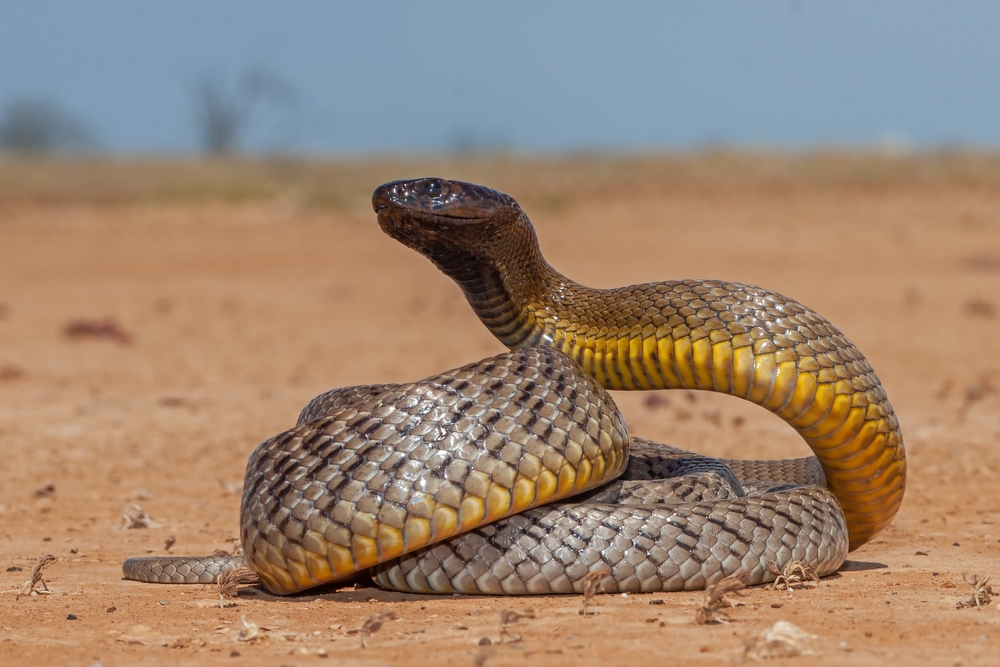
Nicknamed the “fierce snake,” the Inland Taipan holds the title of the most venomous snake on Earth. Just one bite contains enough neurotoxin to kill 100 people, and death can occur in under an hour without treatment. Found deep in Australia’s arid interior, it’s rarely seen by humans, which might be our only saving grace. Despite its extreme toxicity, this reclusive serpent prefers solitude over confrontation.
Its venom attacks both the blood and nervous systems, shutting down vital organs at lightning speed. Scientists estimate that its venom is up to 50 times more potent than a cobra’s. Thankfully, the Inland Taipan is calm by nature and avoids humans whenever possible. It’s the definition of “look, don’t touch”—if you’re ever lucky (or unlucky) enough to see one.
2. Black Mamba
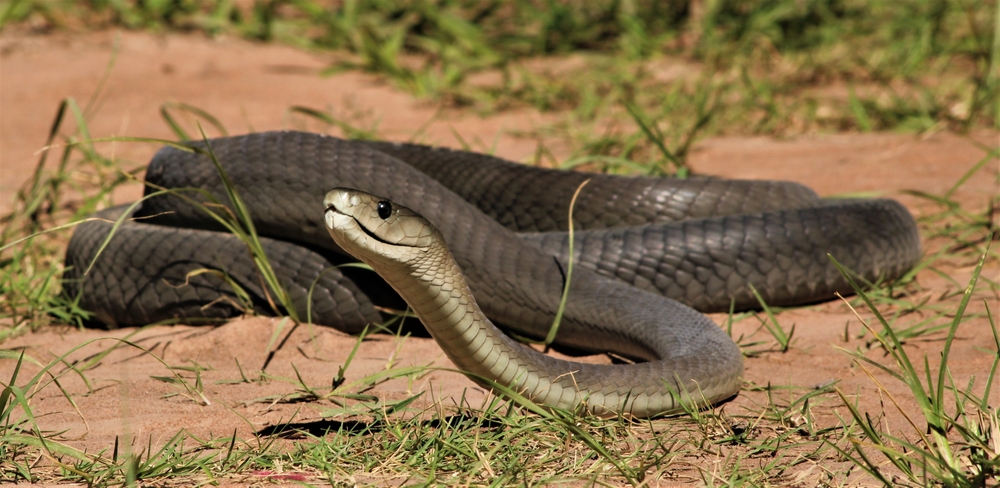
The Black Mamba is pure nightmare fuel—fast, fearless, and armed with venom that kills within minutes. Found across sub-Saharan Africa, it can strike up to a dozen times in a single attack. Each bite injects enough neurotoxin to bring down an adult elephant. Once symptoms start—dizziness, blurred vision, paralysis—there’s little time to spare.
It’s also one of the world’s fastest snakes, clocking speeds of over 12 miles per hour. Locals fear its aggression, and rightfully so—without immediate treatment, a bite is almost always fatal. Its reputation is so fearsome that it inspired legends across Africa, symbolizing both death and unstoppable power.
3. King Cobra
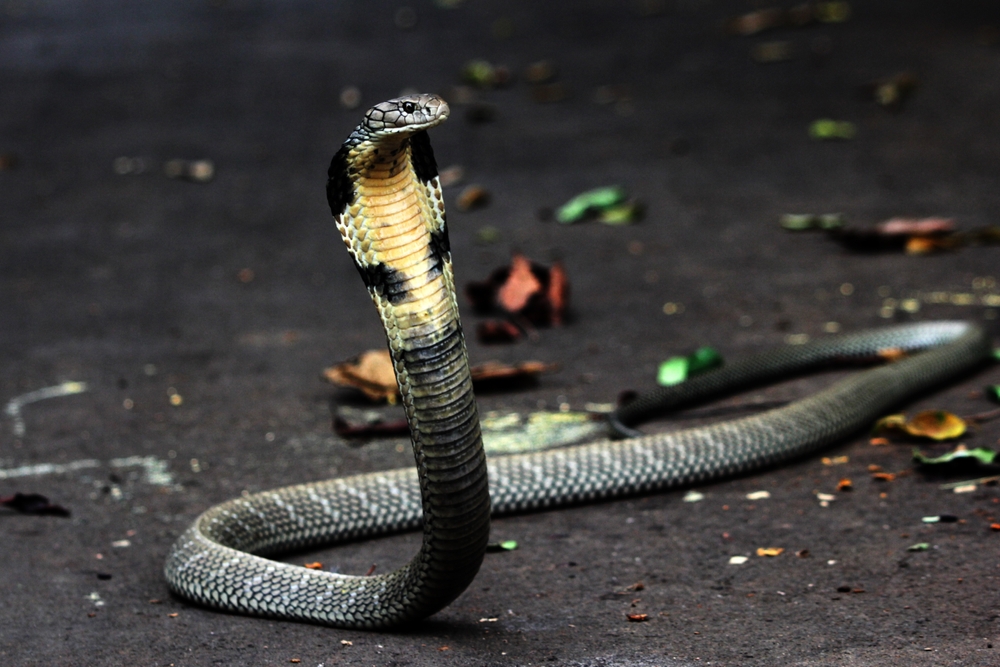
Towering over all other venomous snakes, the King Cobra is the monarch of fear. Reaching lengths of up to 18 feet, it’s the world’s longest venomous snake—and one of its deadliest. A single strike can kill a human in half an hour, and it delivers more venom per bite than any other cobra. It doesn’t just bite—it dominates.
The King Cobra’s venom attacks the central nervous system, causing respiratory failure and cardiac arrest. Revered and feared across Asia, it’s been worshipped as a symbol of royalty and destruction. It’s intelligent, territorial, and startlingly aware of its surroundings—an apex predator in every sense.
4. Coastal Taipan
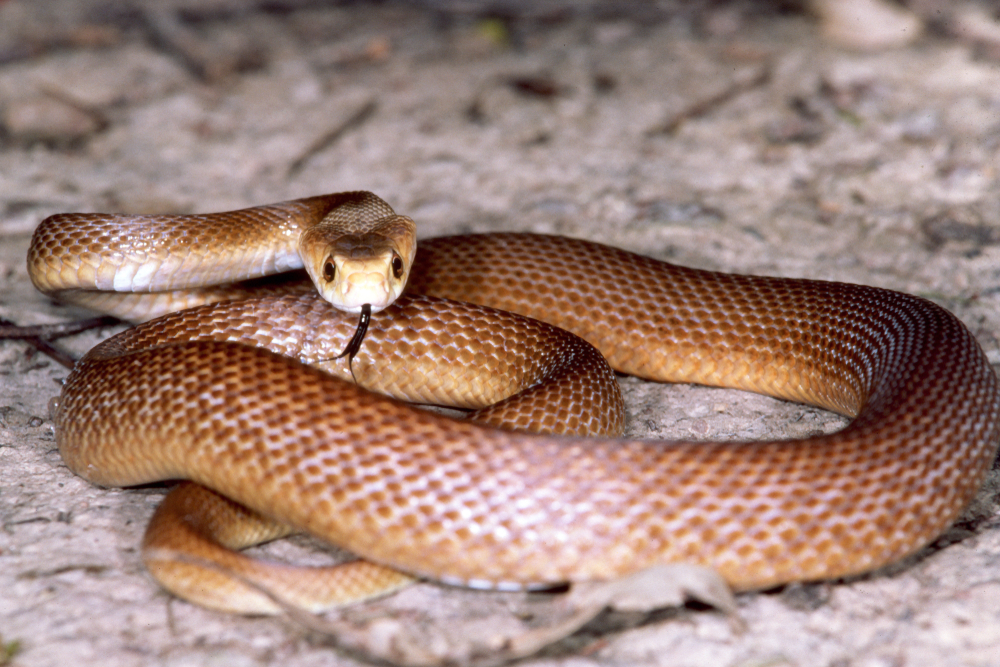
Native to northern and eastern Australia, the Coastal Taipan’s venom acts so fast that victims can collapse in less than an hour. Its neurotoxins attack the nervous system, while coagulants cause internal bleeding and organ failure. This snake doesn’t waste time—it’s efficient, lethal, and unapologetically aggressive when threatened.
Experts from the University of Queensland found that the Taipan’s venom is specially adapted to quickly immobilize warm-blooded prey, a rare evolutionary advantage. It’s nature’s way of making sure nothing escapes alive. Fortunately, widespread antivenom access has drastically reduced fatalities—but it’s still one snake you never want to meet barefoot in the bush.
5. Eastern Brown Snake
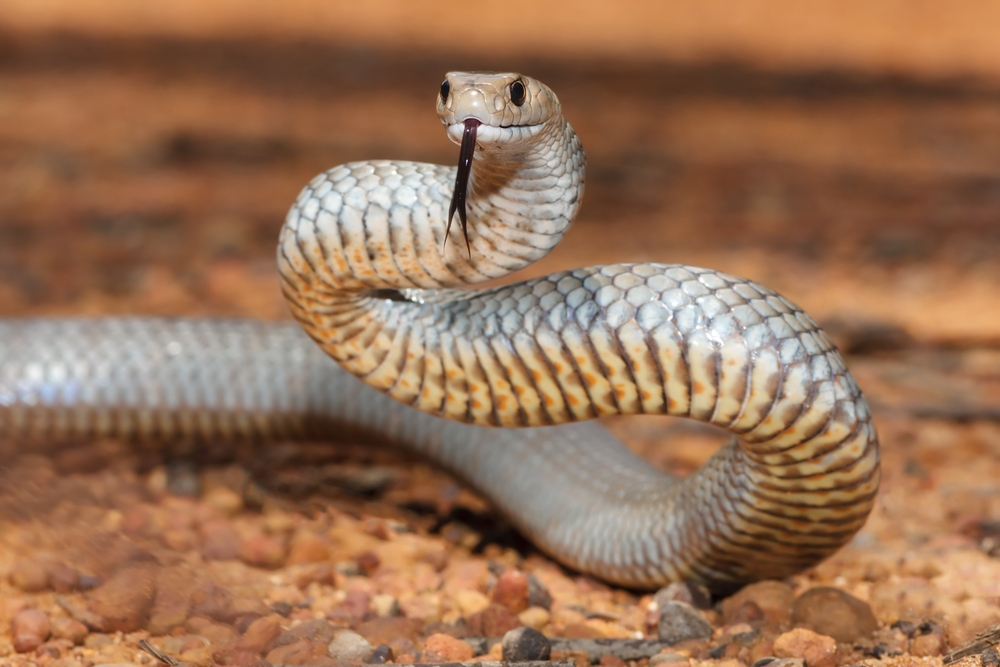
Responsible for most snakebite deaths in Australia, the Eastern Brown Snake doesn’t play around. Its venom causes paralysis, seizures, and internal bleeding, often proving fatal in under an hour. It’s fast, highly alert, and more likely to defend itself than flee when cornered.
This species thrives in populated areas, making it one of the most common encounters for Australians. Despite its slender, unassuming appearance, it’s ranked among the top two most venomous land snakes in the world. You’ll want to watch your step in the Outback—or even your backyard.
6. Belcher’s Sea Snake
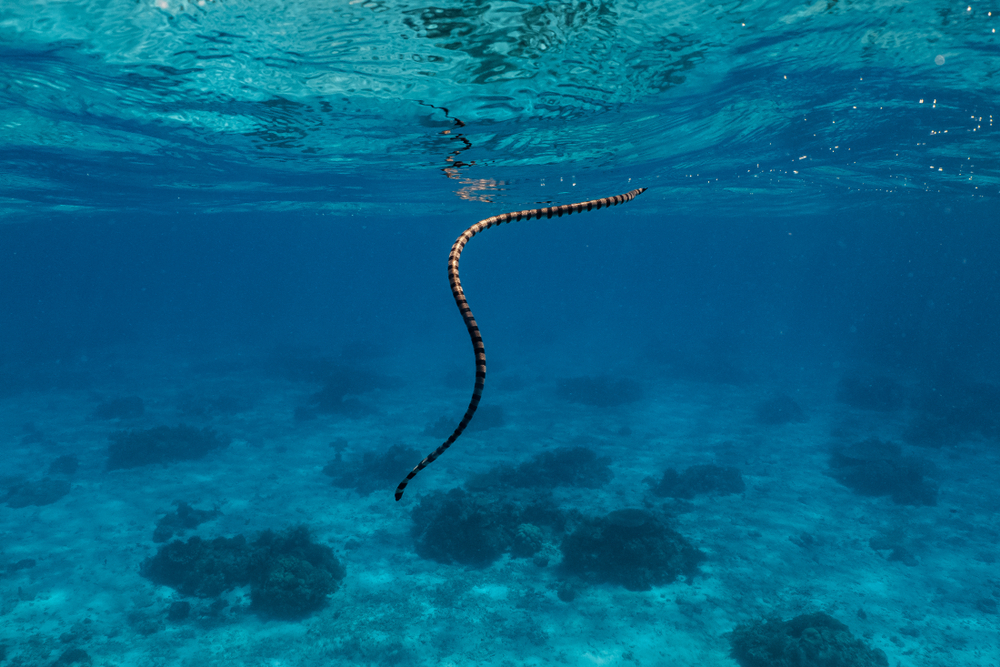
Don’t be fooled by its delicate appearance—the Belcher’s Sea Snake carries one of the most toxic venoms on the planet. Found in warm tropical waters around Southeast Asia, its venom can cause paralysis and death in less than 30 minutes. Luckily, it’s incredibly shy and rarely bites humans.
Divers often encounter this snake, but it’s more curious than confrontational. Still, its venom is estimated to be 100 times stronger than that of a cobra. If you see one gliding nearby, admire it from a distance—and let it glide away.
7. Saw-Scaled Viper
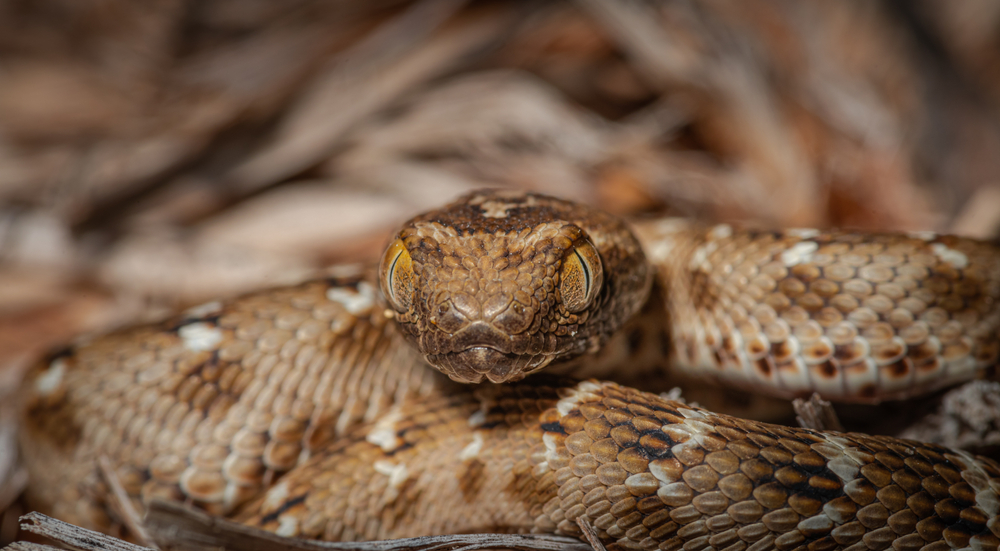
The Saw-Scaled Viper is proof that small doesn’t mean safe. Found across Africa, the Middle East, and South Asia, it’s responsible for more deaths than any other snake. Its venom causes massive internal bleeding and organ failure—and it strikes faster than the blink of an eye.
Researchers from India’s National Centre for Biological Sciences discovered that the viper’s venom varies by region, meaning antivenom made for one population might not work on another. That adaptability makes it uniquely dangerous. Add its aggressive nature, and you’ve got a snake that’s both deadly and unpredictable.
8. Russell’s Viper
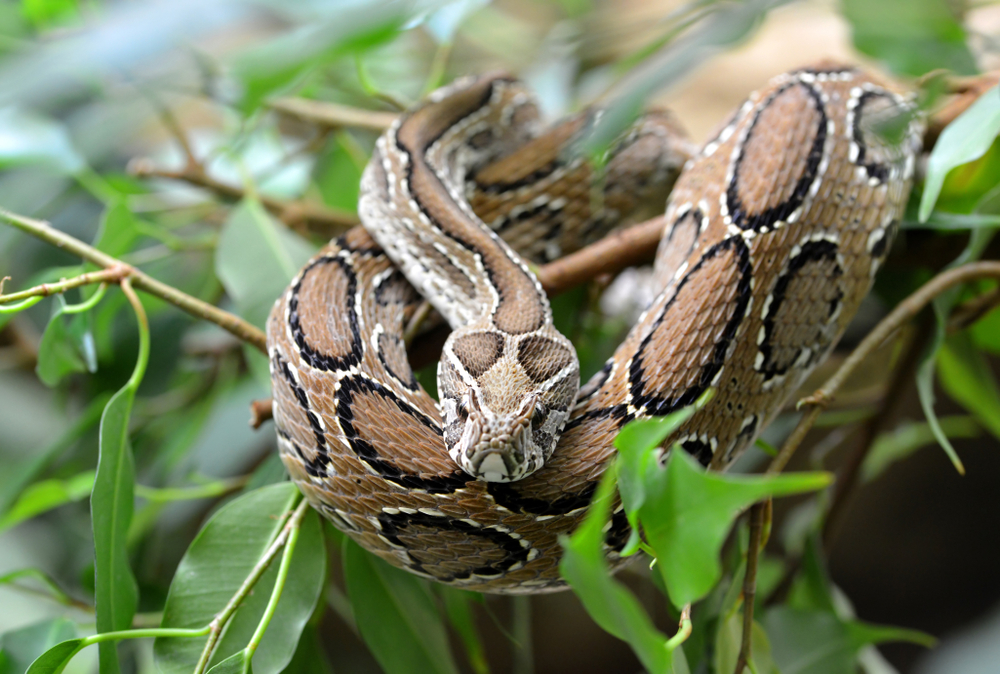
With a loud hiss and lightning-fast strike, Russell’s Viper is one of Asia’s most feared snakes. Its venom destroys tissue, causes internal bleeding, and can lead to fatal kidney failure. Victims often die days or even weeks after a bite due to severe complications.
Found near farms and villages, this snake is notorious for its proximity to humans. Its irritable temperament means it bites easily, and the damage can be catastrophic. Its fangs deliver one of the most efficient venom doses in the animal kingdom.
9. Philippine Cobra
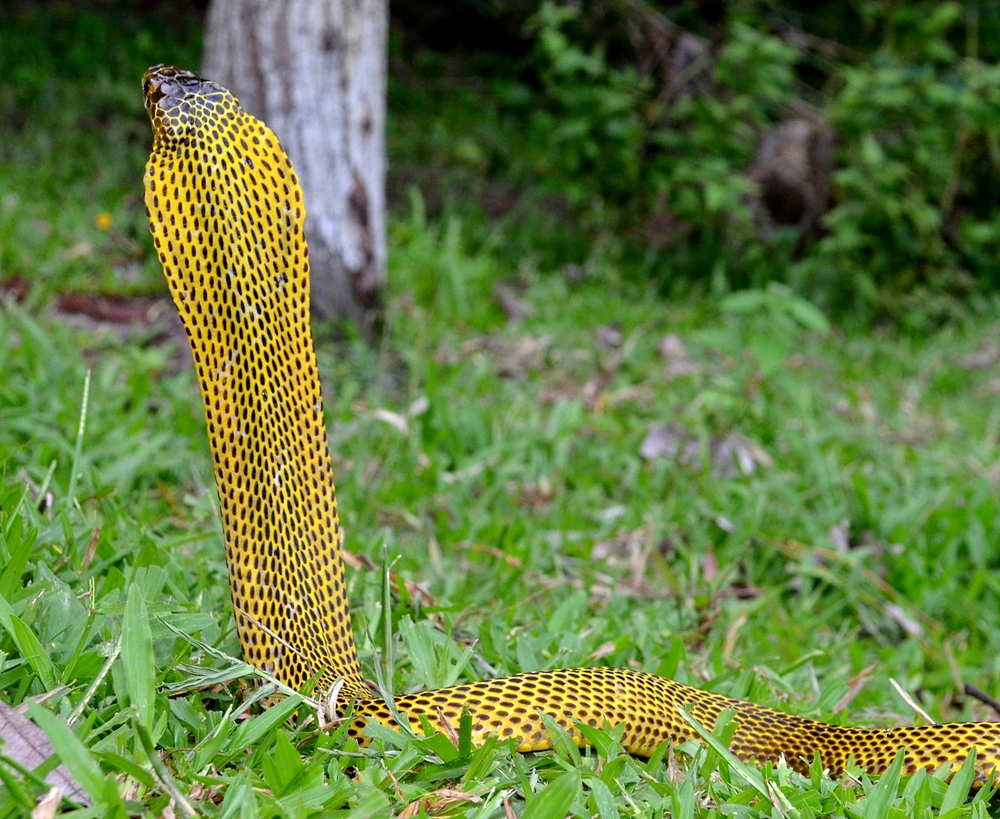
The Philippine Cobra can kill without even making contact. It spits venom with surgical accuracy, blinding prey—or people—from several feet away. Its neurotoxic venom can cause respiratory collapse in 30 minutes if untreated.
Unlike other cobras, it doesn’t need to bite to be deadly. Even a droplet in the eye can cause permanent blindness. It’s an apex predator with one of the most terrifying defense mechanisms in the reptile world.
10. Common Krait
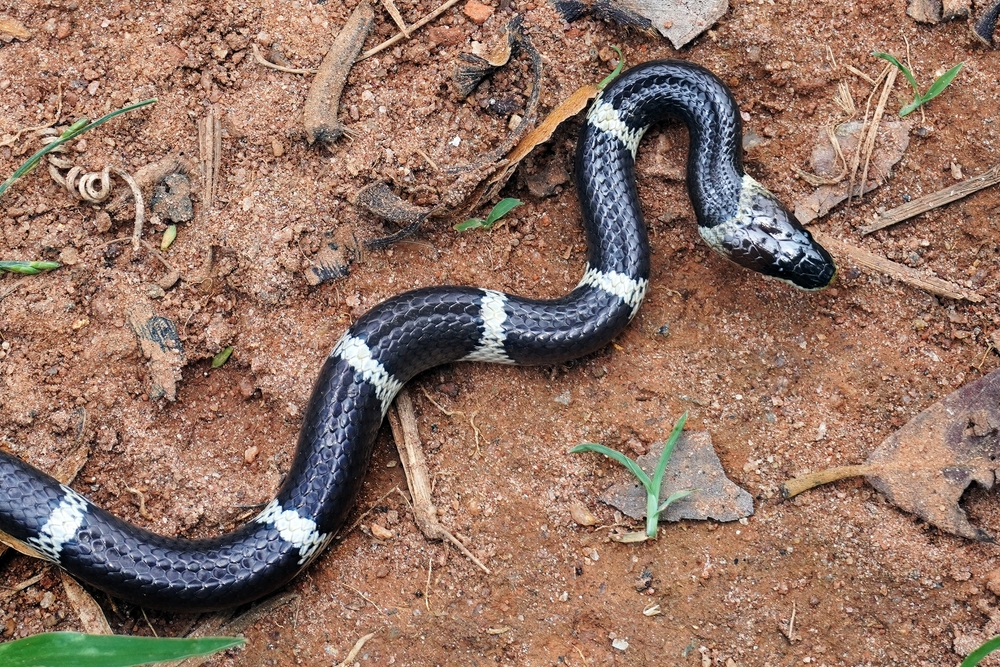
Don’t let its small size fool you—the Common Krait is among India’s most lethal snakes. Its venom targets the nervous system, causing paralysis that creeps up until breathing stops entirely. Victims bitten at night often never wake up.
It’s known as the “silent killer” because its bites are almost painless and initially symptom-free. By the time weakness sets in, it’s often too late. Its nocturnal nature and proximity to villages make it a major threat in rural regions.
11. Tiger Snake
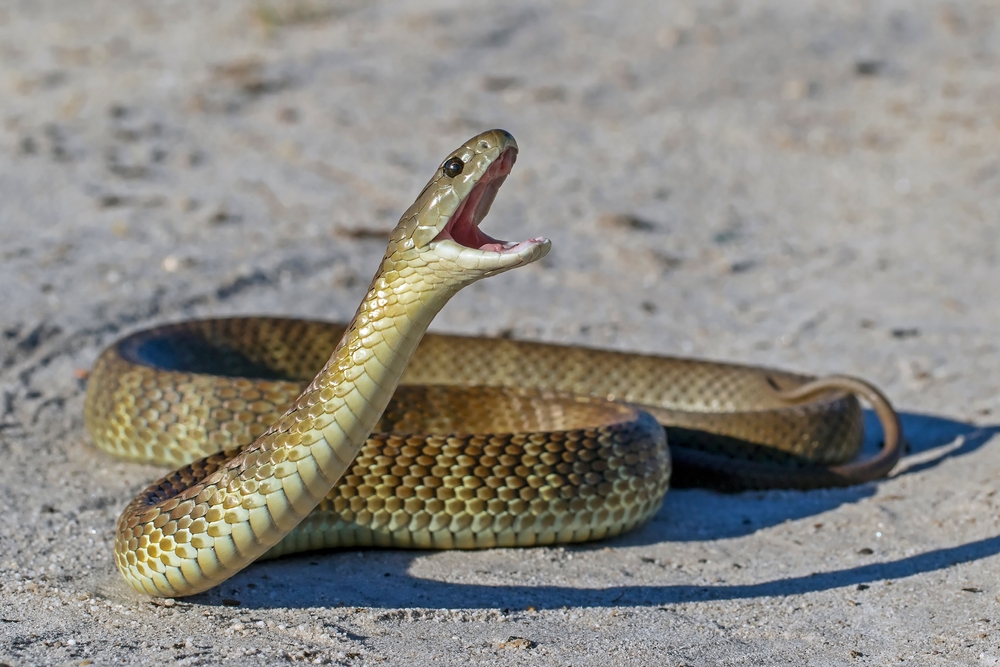
With its bold stripes and powerful venom, the Tiger Snake is both beautiful and deadly. A bite can cause paralysis, pain, and respiratory failure in less than an hour. Native to Australia’s coastal regions, it’s often found near water and marshes.
While it rarely seeks conflict, it strikes with deadly precision when provoked. Thanks to widespread access to antivenom, fatalities are rare today—but this snake’s potential remains lethal. Its presence in urban fringes makes it a dangerous neighbor to unsuspecting locals.
12. Death Adder
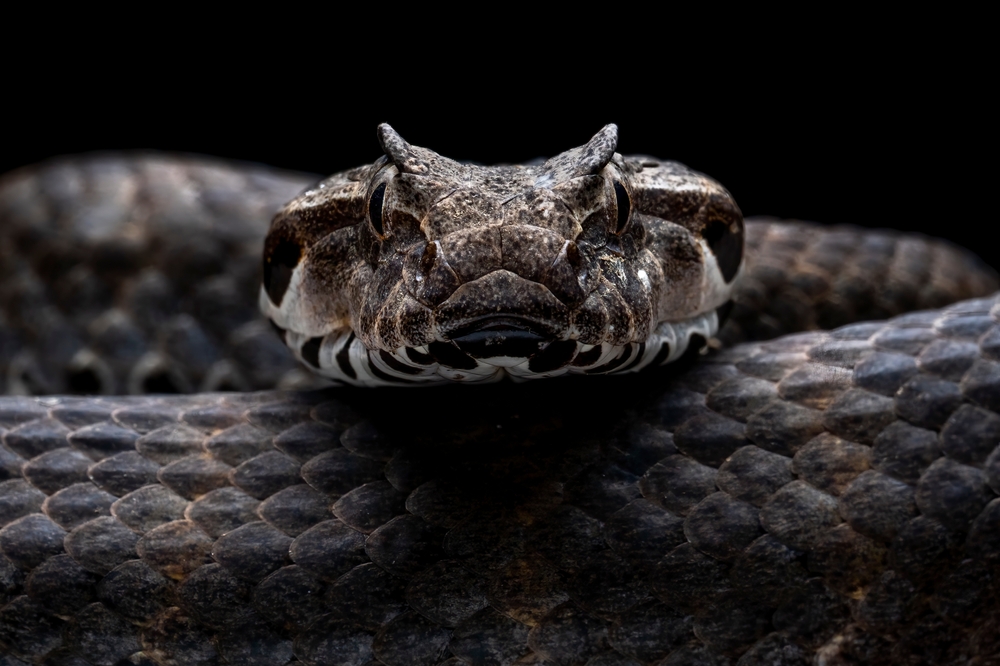
As its name suggests, the Death Adder is not one to underestimate. Found across Australia, it uses camouflage to ambush prey—and humans who stumble too close. Its venom contains neurotoxins that can kill within six hours if untreated.
Despite its short, stout build, it’s one of the fastest strikers of any snake species. Fortunately, modern medicine has drastically reduced fatalities. Still, meeting one in the wild will send chills down anyone’s spine.
13. Mojave Rattlesnake
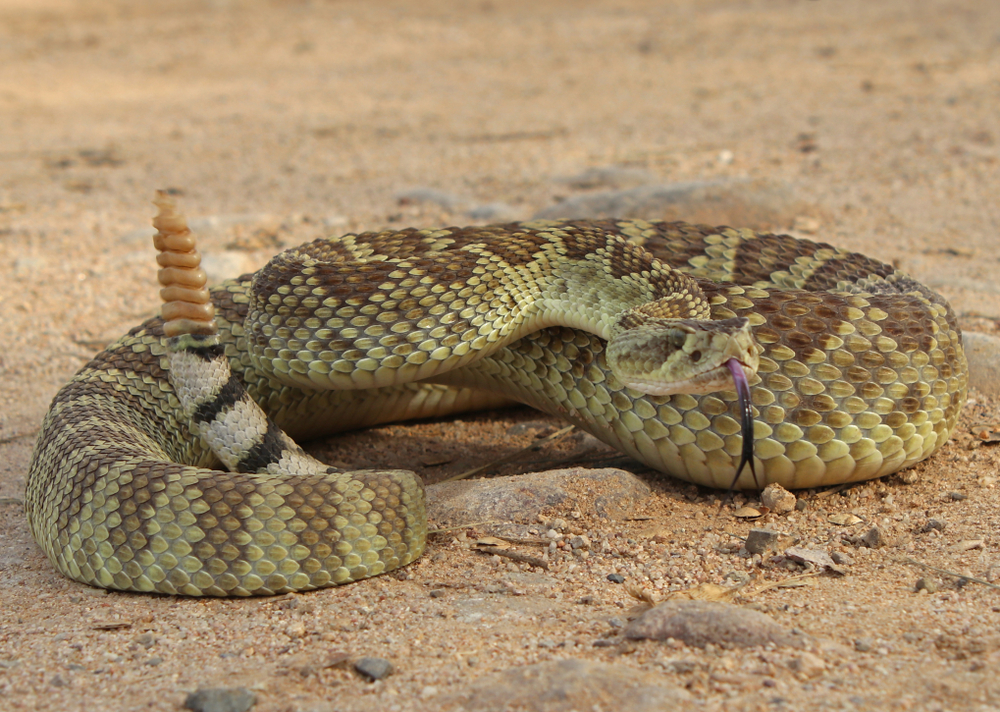
The Mojave Rattlesnake may look like any other desert dweller, but its venom is uniquely potent. It combines hemotoxins and neurotoxins that attack both the blood and nervous system—an unusually deadly mix. Victims experience difficulty breathing and muscle paralysis within minutes.
Found in the southwestern U.S. and Mexico, it’s considered the most dangerous rattlesnake in North America. Despite its warning rattle, it strikes when provoked, making it a serious threat to hikers and ranchers. Its bite is survivable—but only with rapid treatment.
